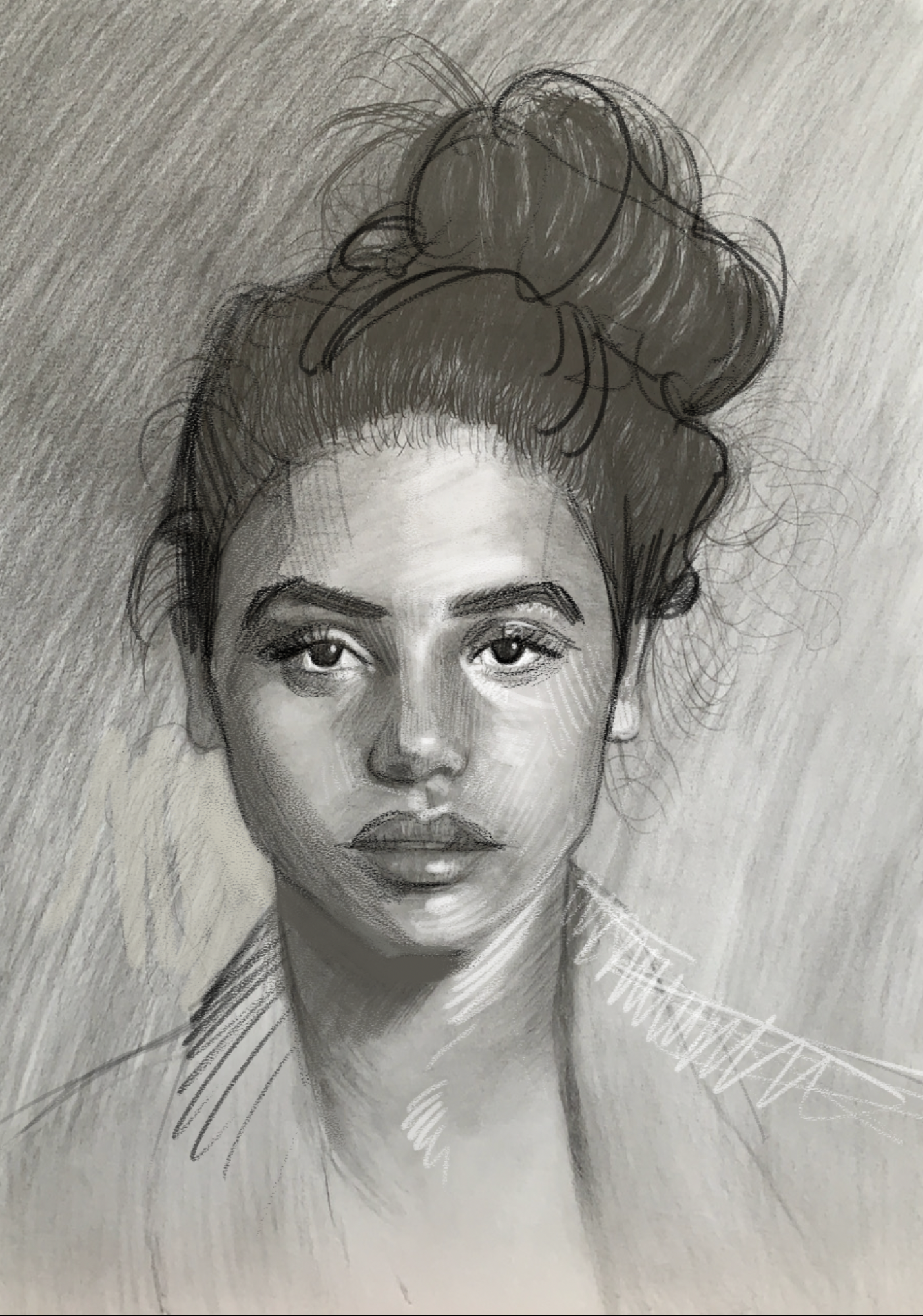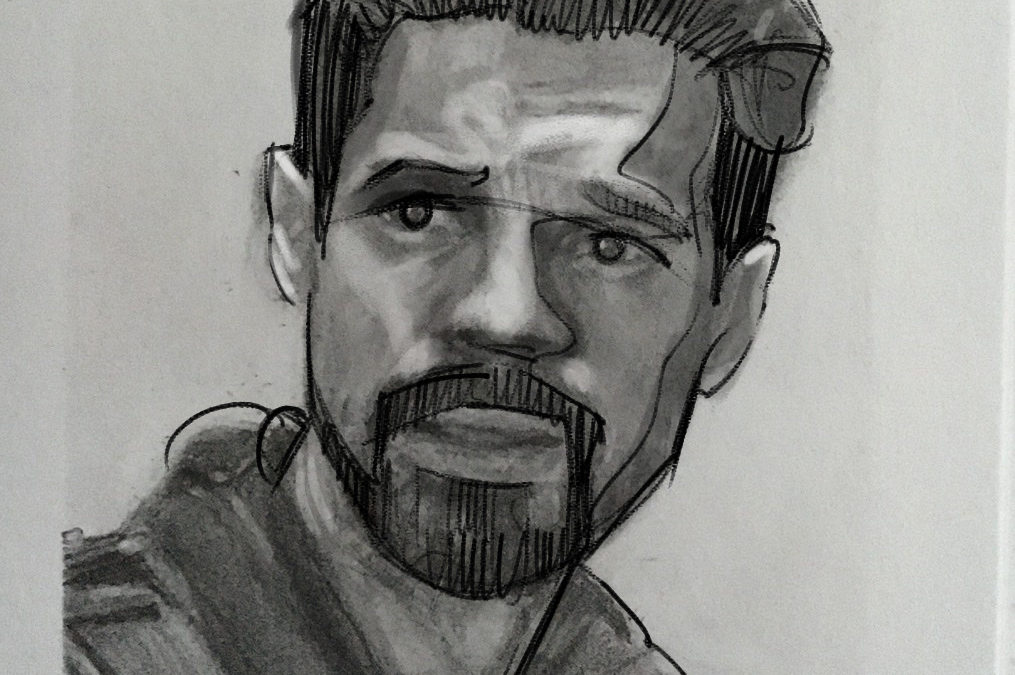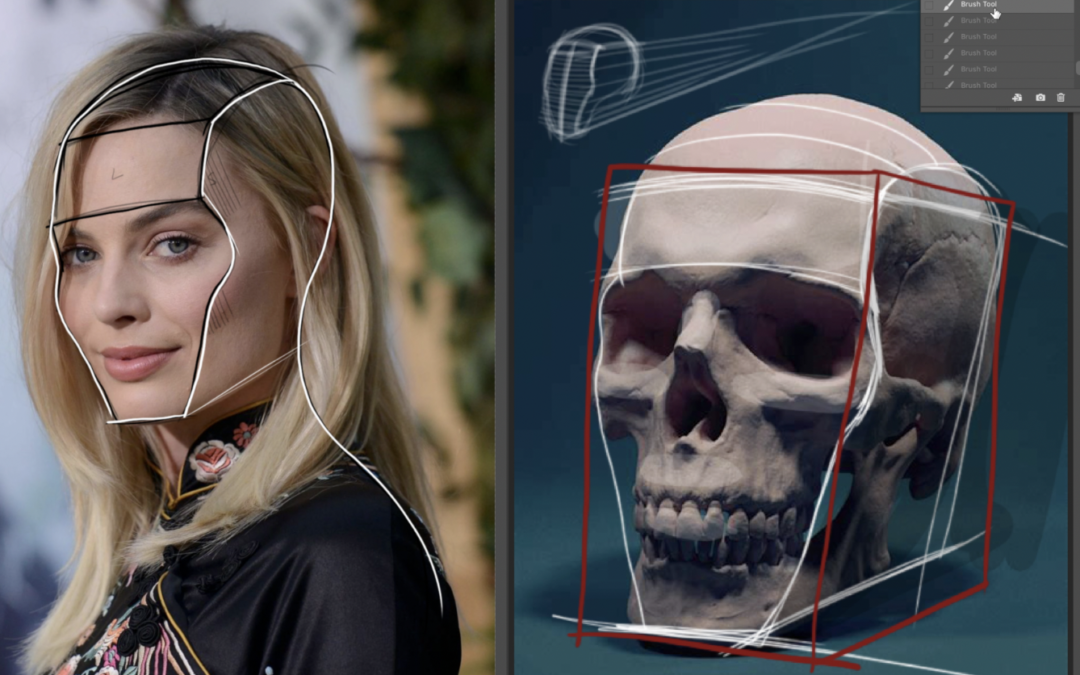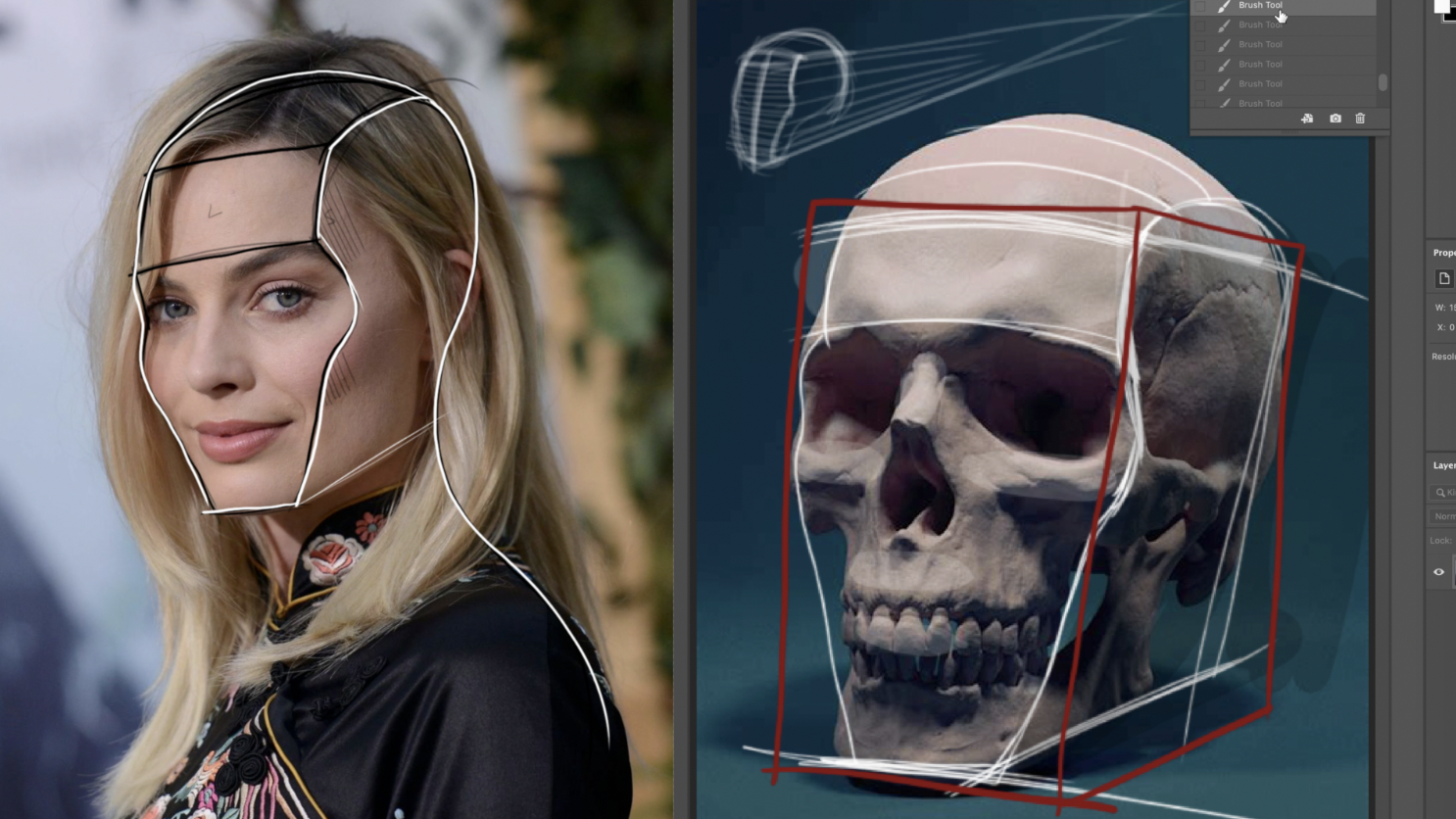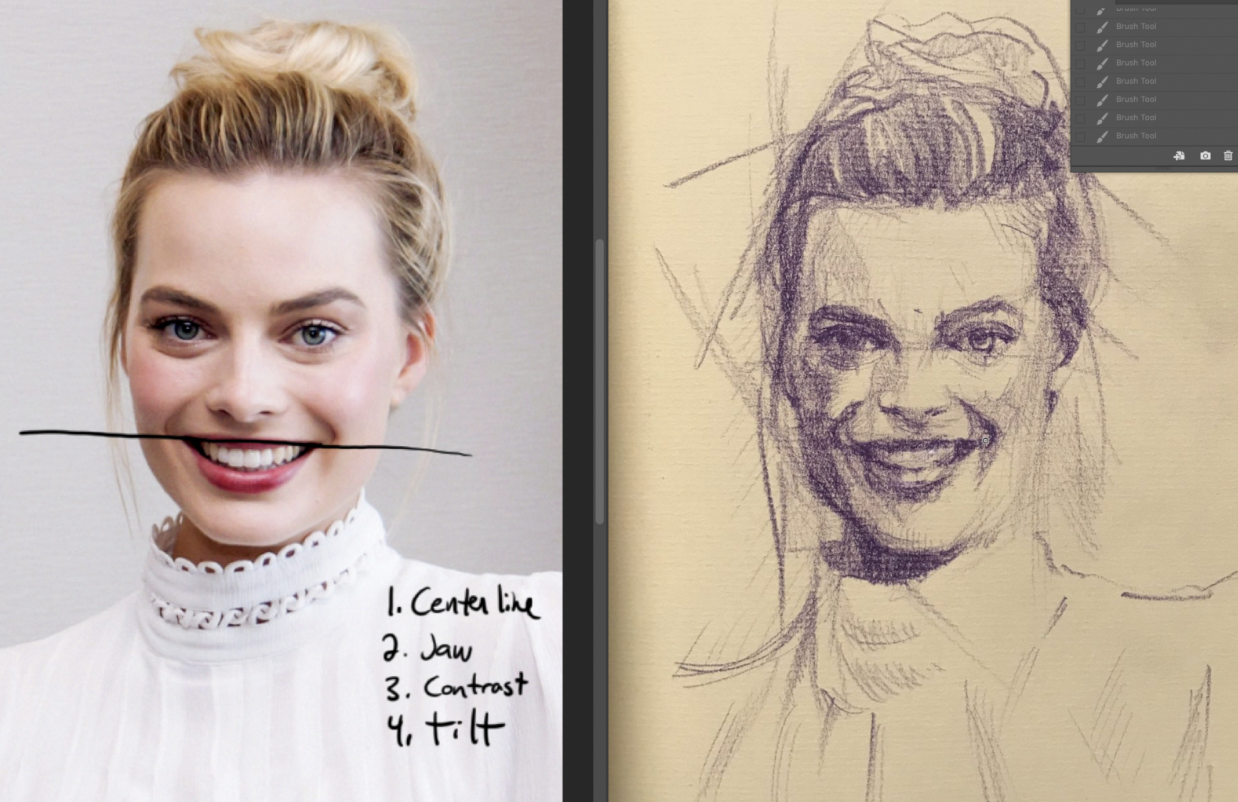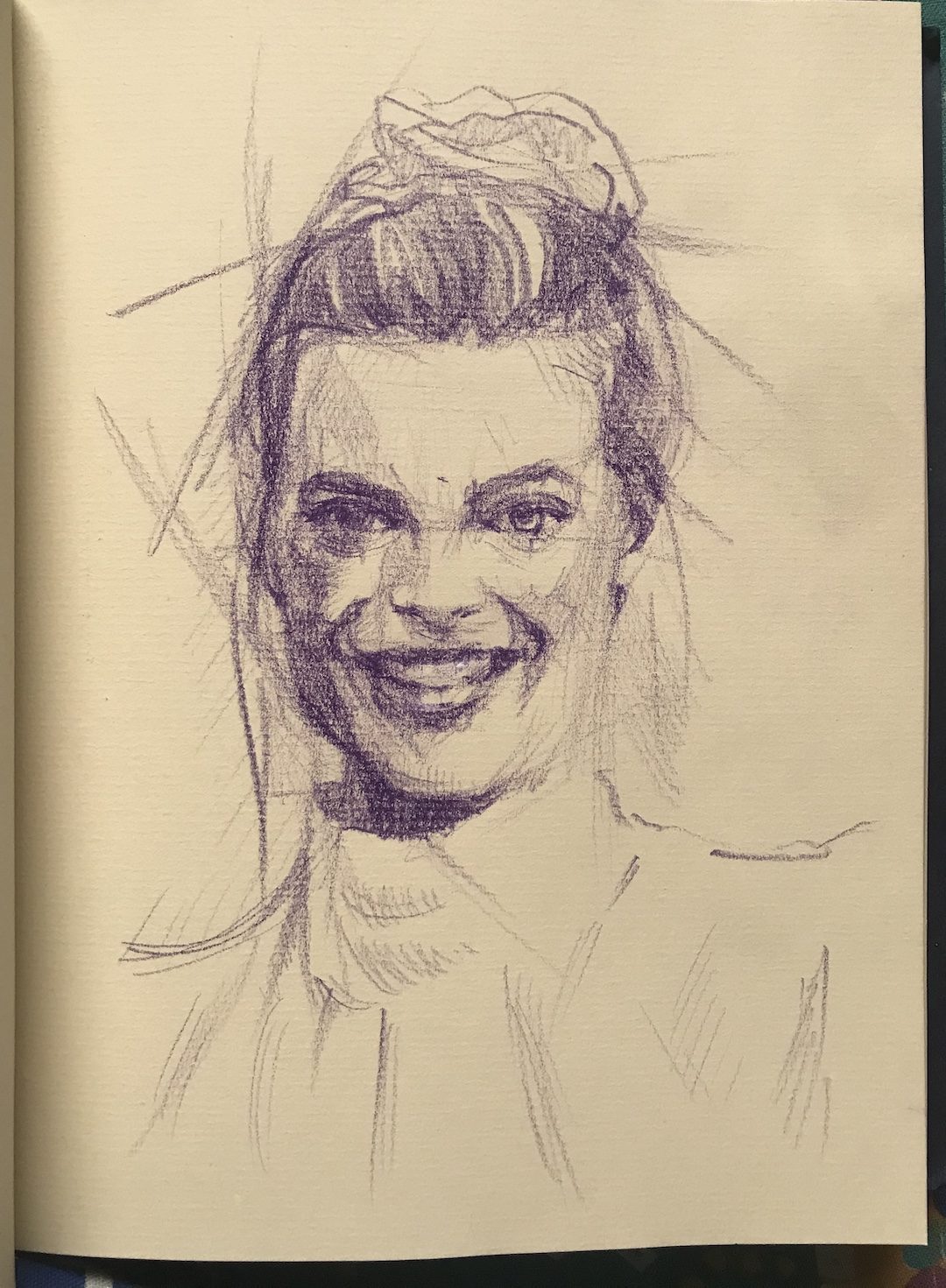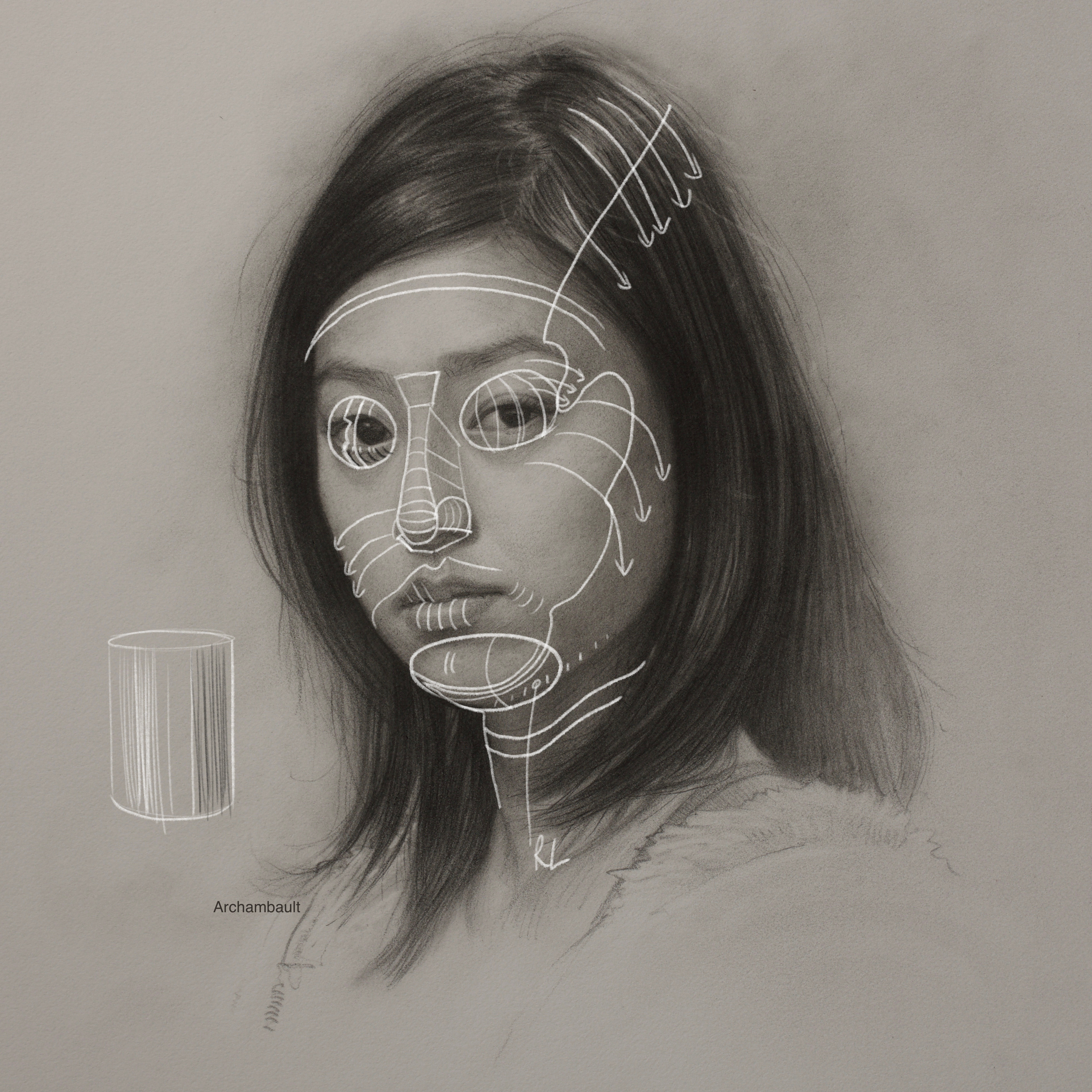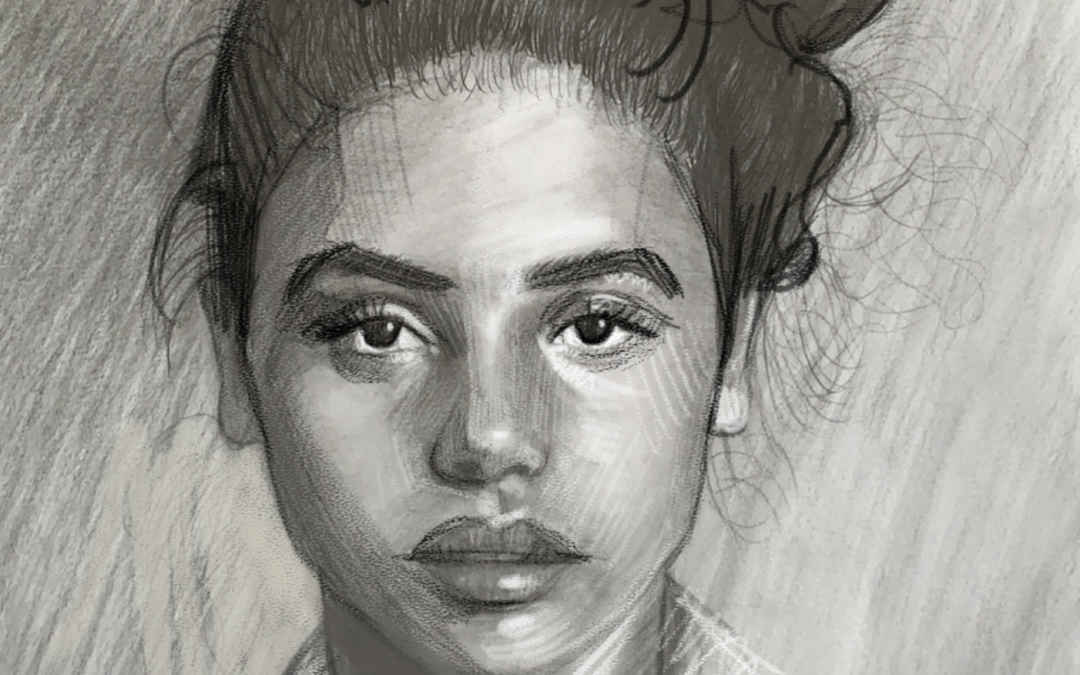
Techniques To Help Improve Your Portrait Drawings
Peter has been a student of DTO for over six months. He has worked consistently over the last six months to improve his portrait drawings. He is certainly improving with each passing week.
In this video I share with you a portrait draw-over in photoshop. There are many gems within this coaching video that can certainly help you to assess your own work.
Not to mention this video is full of useful portrait drawing tips and techniques. Thanks so much for watching.
I will be opening the one to one coaching again starting in June of 2021. If you are looking to become a part of my group coaching, consider signing up to Drawing Tutorials Online. I film member critiques every Monday.

